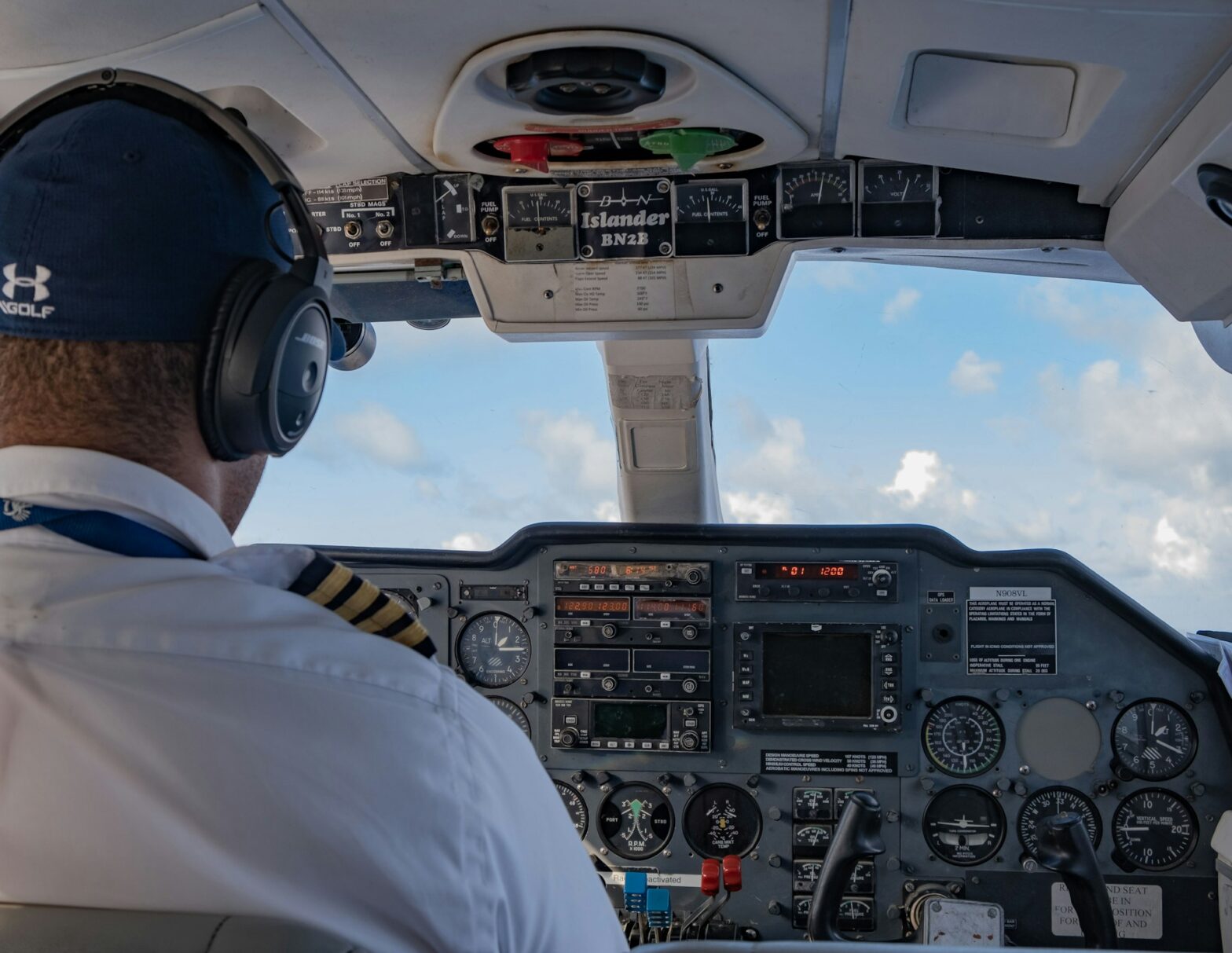There are a lot of myths and a lot of miscommunication on what you can or can’t do with your phone in an airplane. There are usually two extremes within this conversation. Some people fear that phones will interfere with a plane’s controls and cause the plane to crash if they are not put into airplane mode. Others have been on multiple flights before without switching on airplane mode and therefore think it is pointless.
Many believe that not using airplane mode on flights can lead to dangerous outcomes, but research has debunked many of these myths. No plane crash has ever been attributed to phone usage. However, airplane mode is still required for valid reasons. In the US, there are proven reasons why airplane mode is necessary, though much is still unknown about how smartphones affect aircraft systems. Here is everything you need to know about what happens when you don’t put your phone in airplane mode.
What Is Airplane Mode?
Airplane mode is a setting available on most smartphones, tablets and other electronic devices. When activated, airplane mode disables the device’s wireless communication capabilities, including:
- Cellular Connectivity: Disables the device’s ability to connect to mobile networks for voice calls, text messages and data services.
- Wi-Fi: Turns off the device’s Wi-Fi radio.
- Bluetooth: Disables Bluetooth communication.
- GPS (sometimes): In some devices, GPS functionality is also turned off, although this varies by device and operating system.
Why Is Airplane Mode Important?
The primary purpose of airplane mode is to prevent interference with the aircraft’s systems. Although modern aircraft are well-shielded to take into account that most people have smartphones and the risk of interference is pretty low, there is still a risk, especially during critical phases of flight like takeoff and landing.
The main concern is that devices could interfere with:
- Navigation Systems: Critical for the aircraft’s ability to determine its position and direction. This makes switching your phone to airplane mode even more important in times of bad weather or rough air.
- Communication Systems: Used for communication between the cockpit and air traffic control or ground services. This is the most likely of the two systems to be affected by phones not set to airplane mode.
Using Airplane Mode with In-Flight Services
Some airlines offer in-flight Wi-Fi or allow the use of Bluetooth devices during the flight. These services operate differently than ground-based networks. In such cases, you can enable airplane mode and then manually turn on Wi-Fi or Bluetooth to use these services without violating regulations.
What happens when you don’t put your phone in airplane mode?
When you don’t put your phone in airplane mode while flying, several things can happen, though most of them are more about potential issues than guaranteed problems.
It Might Interfere with Pilot Communication Systems and other Aircraft systems
Cell phones emit electromagnetic signals that can potentially interfere with the aircraft’s communication and navigation systems. Again, there is less of a concern that this interference will cause any danger. However, what is known to happen is the emission of a high-pitched, distracting noise can be heard through pilot’s headsets as the phones interfere with communication devices.
According to Forbes, if 50 people onboard chose not to or forget to turn their phones on to airplane mode, those phones will be attempting to connect to cell towers at full power and cause a lot of radio pollution.
The use of 5G networks can also pose a potential interference with the plane’s radio altimeter, an instrument used to aid the pilot in landing. According to Travel + Leisure, “the specific bandwidth that U.S. cell carriers use for 5G services is very close to the same bandwidth used by the radio altimeter, which increases the potential for interference.”
This is also why the US is not likely to allow 5G cellular usage on planes like the UK and EU anytime soon. Travel + Leisure wrote that the frequency used in 5G networks within countries of the UK and EU is different, allowing interference with the radio altimeter to not be much of a concern.
Cellular Networks Might Be Impacted
When your phone is not in airplane mode, it will continually attempt to connect to cell towers on the ground. At both cruising altitude and take off and landing, but especially the latter, your phone will quickly move through the coverage areas of many towers, which can cause network congestion and complications for cellular service providers and for those on the ground.
Your Battery Would Most Likely Drain
Your phone will use more power as it constantly searches for a signal. This can drain your battery much faster than normal. Turning on airplane mode can be particularly useful during long flights when access to charging ports may be limited.
You Would Be Disobeying Airline and Regulatory Policies
Aviation authorities like the US Federal Aviation Administration (FAA) have regulations requiring passengers to disable wireless communication devices during flights. Not complying with this rule can result in warnings from flight attendants, and in rare cases, it could lead to more serious consequences if it’s seen as a willful refusal to comply with flight safety instructions.
While the likelihood of a catastrophic event is low, the effects of smartphones on aircraft are not fully understood. As technology continues to evolve and advance, it becomes more important to be courteous and follow the regulations regarding switching on airplane mode during flights.





